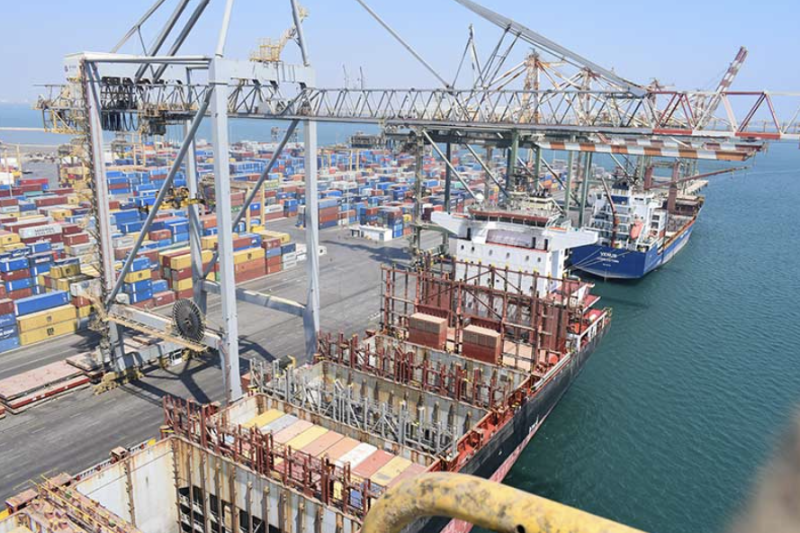Fighting in Yemen city of Hodeidah reaches residential streets


Street battles raged in residential areas of Yemen’s main port city of Hodeidah, forcing medical staff to flee the largest hospital, as Houthi insurgents tried to repel forces backed by a Saudi-led coalition.
Residents said they saw the bodies of seven civilians killed in clashes in southern suburbs, with both sides using mortar shells, anti-aircraft guns and assault rifles in the fight for the Houthi-held city, a lifeline for millions of Yemenis.
The coalition has renewed its offensive on Hodeidah as western allies, including the US, called for a ceasefire to support UN-led efforts to end the nearly four-year war that has killed more than 10,000 people and pushed the country to the brink of starvation.
Medical sources at al-Thawra hospital told Reuters that several staff members and patients able to move had fled the complex. It was not immediately clear how many patients remained inside.
“The Houthis are reinforcing their positions near the hospital and that is what scared people,” said one staff member. A hospital spokesman, Khaled Attiyah, told Reuters that doctors and nurses continued their work in departments such as intensive care, the burns ward and the emergency room “despite the panic”.
Last week, rights groups said the Houthis had raided the May 22 hospital in the city’s eastern suburbs and posted gunmen on the roof, endangering doctors and patients.
The United Nations and aid groups have warned that a full-scale assault on Hodeidah, an entry point for 80% of the country’s food imports and relief supplies, could trigger a famine in the already impoverished Arabian peninsula state.
“We hear loud shelling and they are using all kinds of weapons, it is terrifying,” said one resident, Abdullah Mohammed. “In the eastern suburbs, Apache helicopters are bombing Houthi positions all day long.”
Pro-coalition forces took control on Saturday of Red Sea Mills, a grain facility south of the port that holds about 51,000 tonnes of wheat, a UN aid group said.
About 60 shells fell inside the compound since the clashes reached that area a few days ago but the silos and the grains were not touched,” said Ali Reza Qureshi, Yemen’s deputy director for the World Food Programme (WFP).
“We hope production will resume in the coming next two weeks as we get 21,000 tonnes monthly from those mills. Otherwise we will have to import wheat flour,” he told Reuters.
The WFP said last week it planned to double its food assistance programme for Yemen, aiming to reach up to 14 million people “to avert mass starvation”.
The coalition has said that wresting control of Hodeidah would break the Houthis by cutting off their main supply line and force the group to the negotiating table to end the conflict, seen as a proxy war between Riyadh and Iran.
The alliance, which relies on the west for arms and intelligence, intervened in Yemen’s war in 2015 to restore the internationally recognised government ousted by the Iranian-aligned Houthi movement, which controls the most populated areas of Yemen including the capital Sana’a.
The UN special envoy Martin Griffiths has said he hopes to convene renewed peace talks by the end of the year after the last round of consultations collapsed in September.
ThUN has no up-to-date estimate of the death toll in Yemen. It said in August 2016 that according to medical centres at least 10,000 people had been killed.

Aden — Ports under the authority of Yemen’s internationally recognized government have received more than two million metric tons of fu…

Mukalla — Local authorities in Hadramout have announced the inauguration of Yemen’s first solar-powered cement station, a landmark proj…

AbuDhabi -- The United Arab Emirates has pledged $1 billion to bolster Yemen’s electricity sector, marking one of the largest development com…